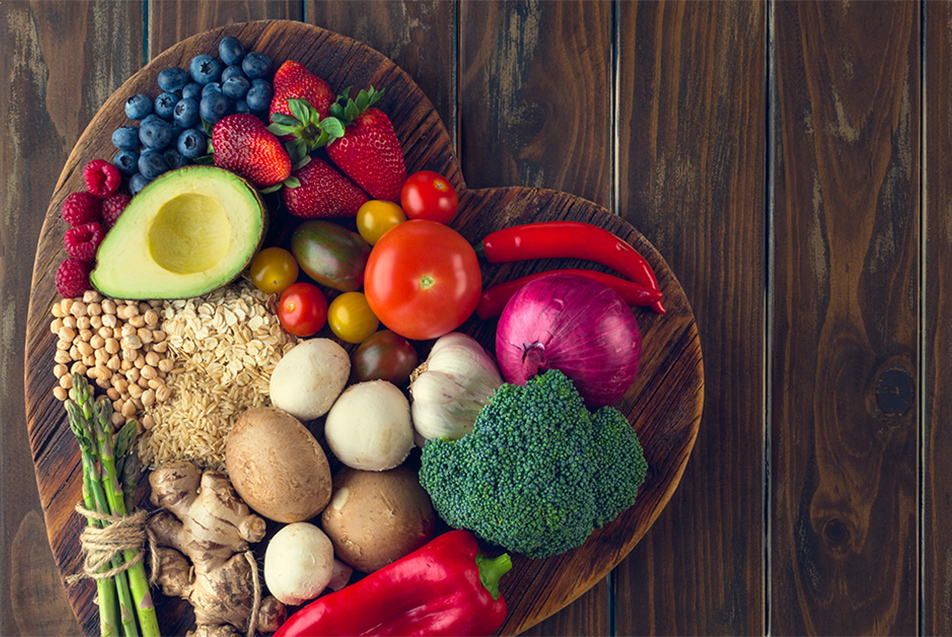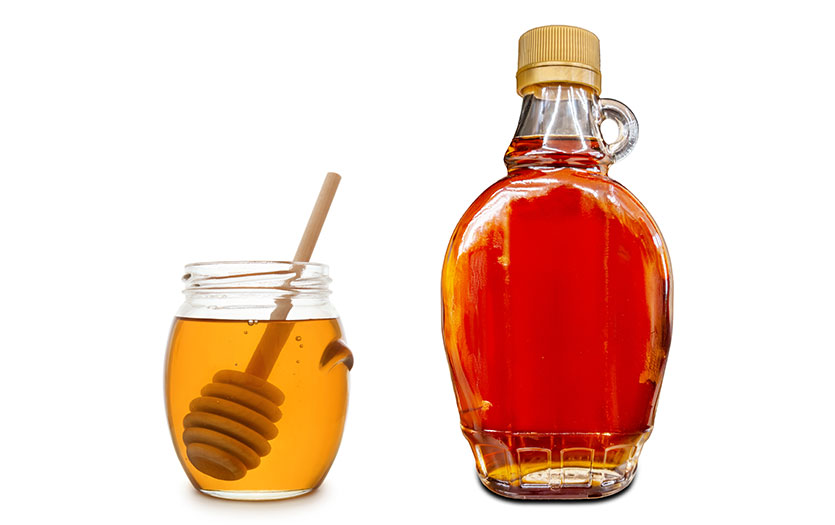Heart disease is the leading cause of death in the United States, killing more than 600,000 Americans each year. That’s one in every four deaths in this country. Research estimates fewer than 2 percent of the population follows lifestyles ideal for cardiovascular health.
Controllable risk factors include:
- Diet - salt and saturated fat intake
- Exercise - 30 min/day reduces risk
- Weight - overweight/obesity can double risk
- Stress - unmanaged
- Smoking/Drinking Alcohol
“Heart Disease" refers to several types of heart conditions. The most common type of heart disease in the U.S. is coronary artery disease, which affects the blood flow to the heart. Decreased blood flow can cause a heart attack.
The most important thing is to know your numbers and get control of the risk factors you can impact through lifestyle.
Food choices are a major part of preventing heart disease. High fat and salty food choices, and a diet low in fruits and vegetables, can contribute to poor heart health by contributing to inflammation and plaque buildup within arteries.
Dine by DASH
The best option for optimal heart health is Dietary Approaches to Stop Hypertension, or the DASH Diet. This eating plan focuses on fruits and vegetables, low-fat/non-fat dairy, and whole grains. It’s a high fiber, low/moderate fat diet, rich in potassium, calcium and magnesium
Fat
Choose foods with less than 5g of fat per serving.
Choose foods with heart healthy fats.
Choose foods with less than 2g of saturated fat per serving and avoid trans fats.
Saturated fats
Saturated fats in the diet are the highest contributor to increased LDL (bad) cholesterol. Unsaturated fats (polyunsaturated omega-3 fatty acids and monounsaturated fats), are a much better option, and can be found in nuts, canola oil, olive oil, avocado, flaxseed, soybeans, fish (salmon, tuna, trout, mackerel, anchovies, Pacific oysters).
Sodium
Limit sodium intake to 2300 mg per day (or as determined by your healthcare team). Lower you sodium consumption by using salt substitutes, lemon/lime juice, or herbs/spices to flavor food, and ditch the salt shaker. Select foods with 140 mg or less of sodium per serving. Avoid highly processed foods or packaged foods, and eat more fresh foods instead. Choose low sodium alternatives for chicken broth, soups, canned foods, etc. Eat out less, and cook at home more (try reducing the amount of salt in the recipes you try).
Fiber
Choose several foods throughout the day with 5 g or greater of fiber. Aim to eat 25-30 g of fiber per day, 5-10 g of that being soluble fiber.
Soluble fiber
Soluble fiber is not digested by the body, and it can aid in lowering LDL cholesterol. It can bind to cholesterol and remove it from the body. Main sources include fruits, vegetables, beans and whole grains.




